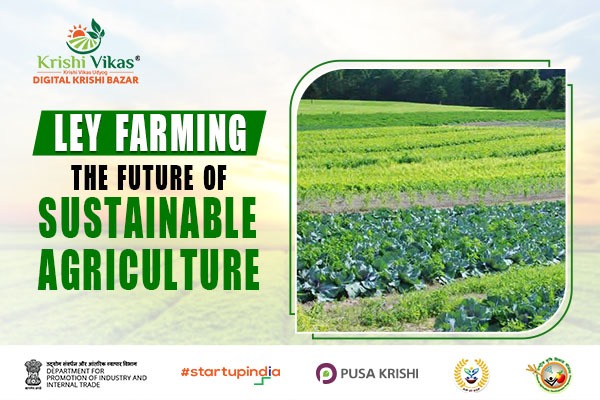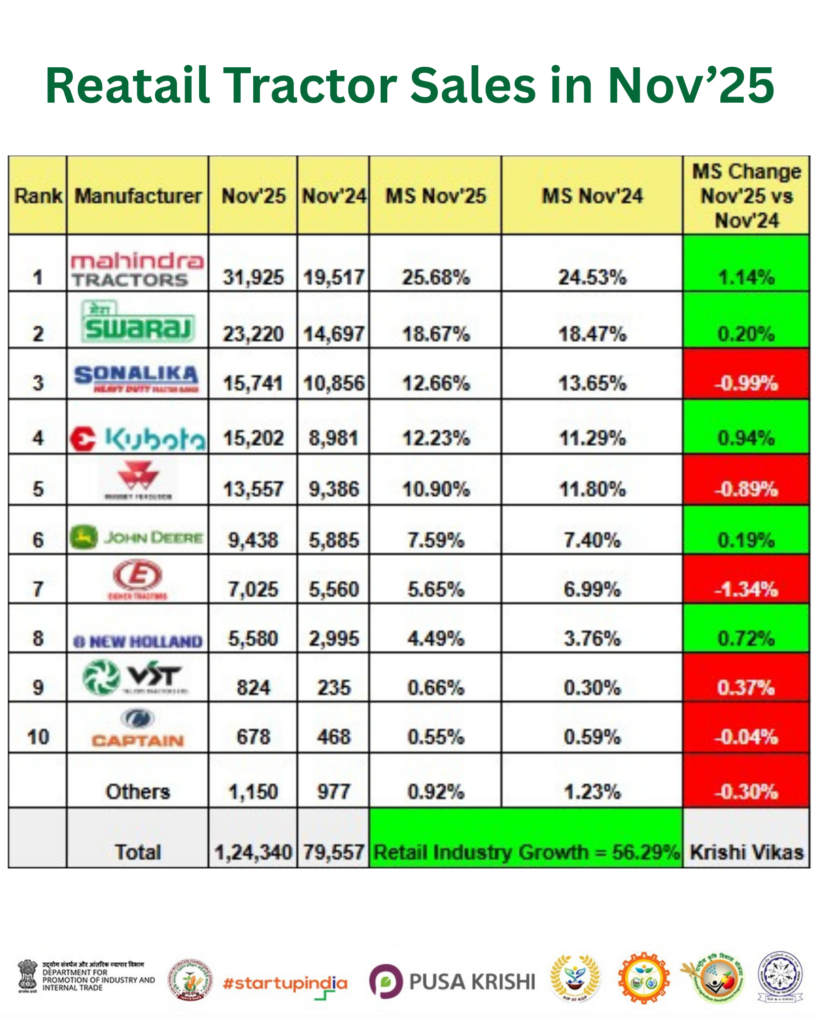Learn how Ley Farming is emerging as a sustainable solution for Indian Agriculture.
Ley farming, a traditional agricultural practice, involves a rotational system where arable crops and pasture crops like grasses and legumes are grown in sequence. This strategic approach offers numerous benefits for soil health, crop productivity, and environmental sustainability.
How Does Ley Farming Work?
The core principle of ley farming is simple yet effective. Farmers alternate between growing arable crops, such as wheat, barley, or vegetables, and pasture crops. The pasture crops, often legumes like clover or alfalfa, have the remarkable ability to fix nitrogen from the atmosphere into the soil. This natural process enriches the soil, reducing the need for chemical fertilizers.
Key Components of Ley Farming
Arable Crops: These are cultivated for food or commercial purposes.
Pasture Crops: These include grasses and legumes that improve soil health and provide fodder for livestock.
Rotation Period: The length of the rotation cycle can vary, typically ranging from two to seven years.
Benefits of Ley Farming
Ley farming offers a multitude of advantages for farmers and the environment:
Improved Soil Health:
- Enhanced Soil Fertility: The nitrogen-fixing properties of legumes enrich the soil, boosting its fertility.
- Reduced Soil Erosion: The dense root systems of pasture crops help prevent soil erosion, protecting the land from the effects of wind and water.
- Increased Organic Matter: The decomposition of plant residues from pasture crops adds organic matter to the soil, improving its structure and water-holding capacity.
- Sustainable Pest and Disease Management:
- Crop Rotation: Rotating crops disrupts the life cycles of pests and diseases, reducing their impact on crop yields.
- Reduced Reliance on Pesticides: By promoting a healthy ecosystem, ley farming minimizes the need for chemical pesticides.
- Improved Water Retention: The deep root systems of pasture crops enhance the soil’s ability to absorb and retain water, making it more resilient to drought.
- Nutrient-rich soil: The fertile soil resulting from ley farming supports healthy plant growth and higher yields.
- Reduced Stress: Ley farming practices can help reduce stress on crops, leading to better quality and quantity.
Increased Market Value: High-quality, sustainably produced crops can command premium prices in the market.
Lower Input Costs: By reducing the need for chemical fertilizers and pesticides, ley farming can lower production costs.

Ley Farming in India
India, with its diverse agricultural landscape, can greatly benefit from the adoption of ley farming. By implementing this sustainable practice, farmers can address pressing issues like soil degradation, water scarcity, and declining agricultural productivity.
Steps to Implement Ley Farming
- Plan Your Crop Rotation: Carefully plan the sequence of crops to ensure optimal soil health and productivity.
- Prepare the Land: Prepare the land by tilling and adding organic matter to improve soil quality.
- Plant Pasture Crops: Establish a healthy pasture of grasses and legumes to provide forage for livestock and improve soil fertility.
- Monitor and Adjust: Regularly monitor soil health, crop growth, and livestock performance to make necessary adjustments to the rotation plan.
Final Words:
Ley farming represents a promising future for Indian agriculture. By adopting this sustainable practice, farmers can enhance their livelihoods, protect the environment, and ensure food security for generations to come. It’s time to embrace this traditional wisdom and work towards a more sustainable and resilient agricultural system.











